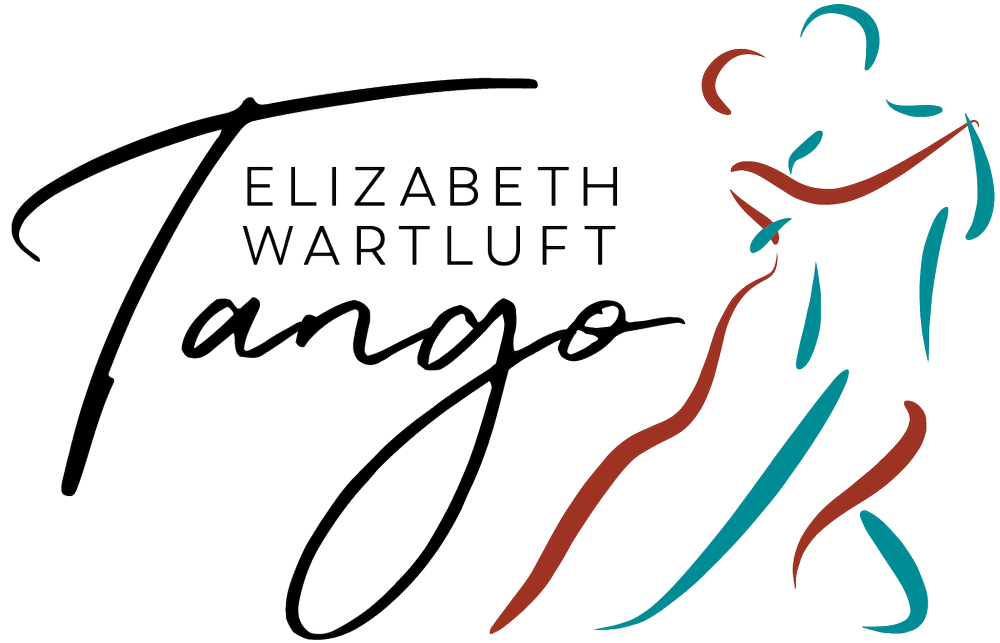Dance like a robot?
Many people come to me as advanced beginner or intermediate level tango dancers, and they ask me to improve their dance. I suggest that we dance, and I often spend the next few minutes being laboriously moved ON THE BEAT for several tangos. It’s like dancing with a robot. Somewhere along the way, someone has drilled into dancers’ minds the necessity of being on the beat. Now, I am not against knowing where the beat of the music is, and I like dancing in a rhythmic fashion HOWEVER I do not teach this as the basis for tango.
Basic tango musicality elements
In tango, we have the basic beat (tiempo). We can also dance in a syncopated, faster way (dobletiempo). We can pause (pausa) for one beat or two beats or for a looong time, depending on how the music speaks to us or the leader in front of us creates situations. Then there is slow motion (camera lenta) that smooshes around, stretching out the dance, moving away from the beat. If we use all of that, we have a dance that is more interesting than the robot step-on-the-beat dance, even if we just walk.
Outside of the box musicality
Can we take musicality further? Absolutely! All over the world, musical forms have evolved that explore and push the edges of what music and dance can do. Listen to jazz or rebetiko or blues or fado or Kultur Shock (who describe themselves as a gypsy punk band but whose main singer taught me a haunting Bosnian table song with no underlying beat at music camp). Sometimes, going away from the beat allows you to find new beauty in how you are moving, singing, or playing.
Why can’t tango go there too? It can! Try arriving a little ahead of the beat, or a bit behind it; or wander around near the beat, landing on it occasionally to ground your dance and prove to your partner that you know where the beat is, and that this is a push-the-envelope moment you are allowing yourself, not a where-are-we moment? You don’t have to be a musician to do this, so if you just said to yourself, “Oh, well I can’t do that!” ignore that little critic in your head and come play with me!
A note of caution
Some people prefer to dance with robots. If you explore, they will shove you back onto the beat. They are not comfortable with enlarging the dance. This is not meant as a torture device to be used against less adventurous dancers! If you are dancing with someone who is freaking out because you are playing around with what you hear in the music, then you need to respect your follower’s needs (or your leader’s bug-eyed expression) and tone it down a bit. Save it for the other out-of-the-box dancers.
Tango vs. vals and milonga
When it comes to vals and milonga, I am more traditional. I prefer a groovy beat for milonga and a nice heartbeat of a vals. I still don’t want to dance with a robot for those dances, but they are more geared to sticking closer to the beat. Save your very out-there explorations of music for tango. Again, this is only my own opinion, but don’t make me dance triplets in vals just because you are a musician, and you would like to prove to me that you CAN dance triplets.
The end verdict IMHO
Make the musicality emerge from the music to the dancing people. Try to stay out of an academic approach: play with what the music has to offer. For all three dances, I want to feel, not think when I am on the dance floor.
Listen to tango music from the 1920s right up to new tango bands. Even the old music has pauses, slides, stretching of the beat—all the ingredients of experimentation that you may have missed while only focusing on the beat.
Robot dance or human dance? I vote human! Go out there and mess around with your musicality! I will see you on the dance floor.
